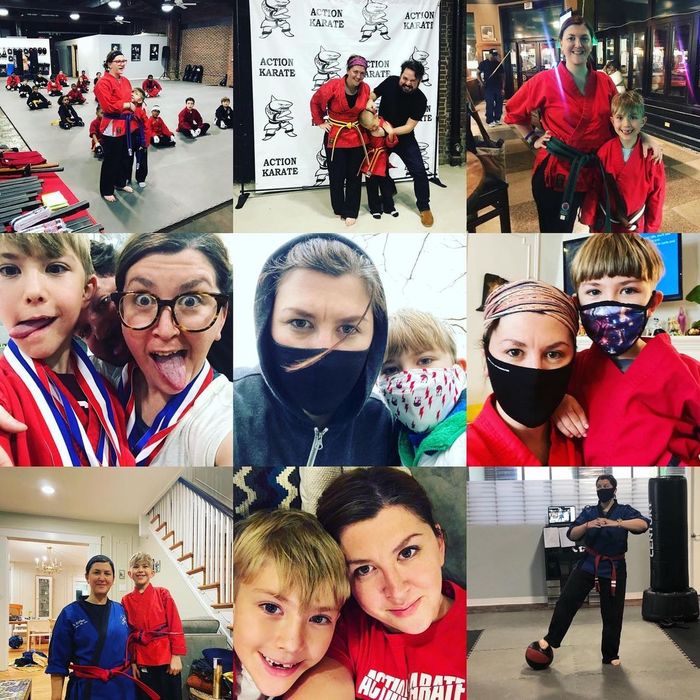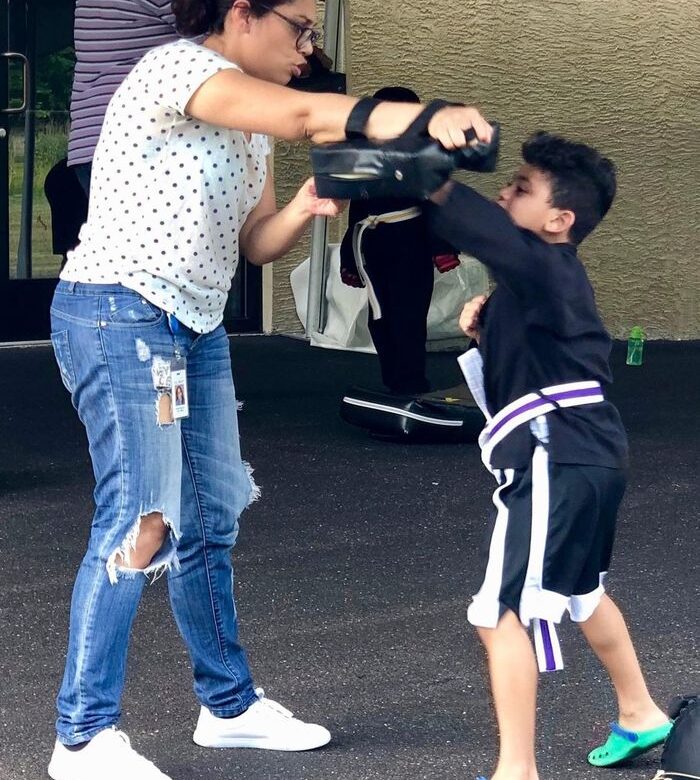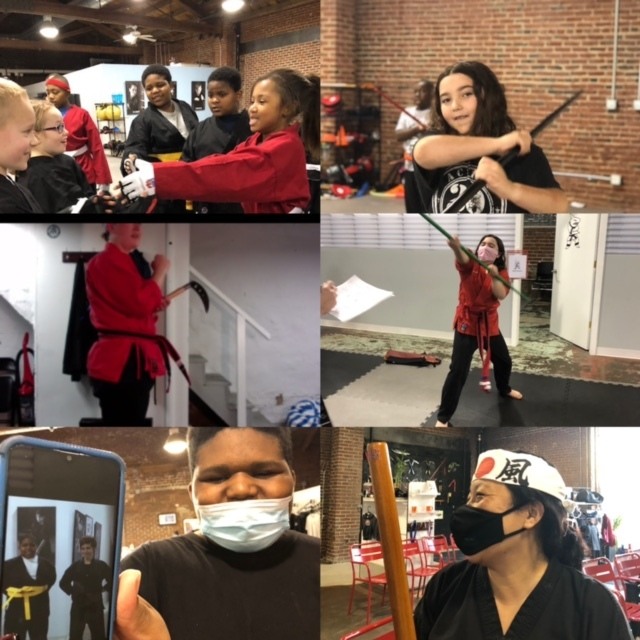The Powerhouse is also known as Marion. She’s 5’3” with red glasses, and analyzes engagement data metrics by day. An amateur artist, wife to a guy who works for a food delivery app, mom to the Kid Who Had No Talent.
The Kid Who Had No Talent is also known as Giacomo, age 10, small for his age with floppy blonde hair and a soft spot for Pokemon. He revealed his self-image three years ago on a drive home from school. He was crying. The school talent show was coming up and he didn’t want to participate because he had no talent.
The Powerhouse, so named for being short and scrappy during sports pursuits in her school days, was gutted. The Kid who is Quirky, Smart, Funny, Fun, Energetic, Sweet, Silly and Adventurous Thought he Had No Talent.
This was not at all acceptable.
Right then and there, Marion determined to change his perspective. She did not know she was starting a pursuit that would change their lives.
“It broke my heart. I was really on a mission to find something to help develop his confidence. I found Action Karate Mt. Airy in my quest,” the Powerhouse said.
The Kid Who Had No Talent got on the karate mat and immediately started crying, an unusually emotional reaction for a 7-year-old. An instructor pulled him aside and worked with him one-on-one without anyone noticing, and thought: maybe this kid isn’t ready for this class.
By the time the tears dried, he slipped back into the class for roundhouse kicks and some awkward push-ups.
“After that it was a strong commitment every week making him feel good and challenged and bringing out capabilities,” Marion said.
The Kid Who Had No Talent had capabilities. One of them was convincing The Powerhouse to do karate, too. He really wanted the patch that kids get if their moms train for a month. Secretly, the Powerhouse was curious to learn more. She asked Giacomo what to do.
Do it, he said. No turning back.
The next time the talent show came around, The Kid Who Had No Talent didn’t want to perform because he was shy, but he acknowledged that he had enough talent.
“For me I felt like that was it. That was gold, him recognizing he had capabilities and that’s what this is all about,” the Powerhouse said.
The Kid started sparring and developed a signature move scoring a quick, uncontested point against bigger opponents. He practiced with the demo team and went to weapons camps. He learned fancy moves with the bo staff.
By the next year’s talent show, he performed in front of his whole school. The Kid Who Had No Talent had TALENT.
“He did it. He put himself out here. That’s amazing,” the Powerhouse beamed.
A talent show wasn’t the ultimate goal of this journey. This is a Black Belt journey.
Not some talent show.
And for Black Belt, mom and son had to work beyond their limits.
“Both of us wanted to quit, We both cried. I’ve had a black eye. We smacked ourselves with weapons, got stuck on something, feeling like we wouldn’t get it. We told each other ‘you stink, take a shower.’ In all that hard work it’s like this consistent thing we have together: we motivate each other, we celebrate together, we’ve gotten stronger, gained friends, expanded who we call family. The school is our family,” Marion said.
The thing about the Powerhouse though, is that she was also once the Kid Who Had No Talent, and more recently the Socially Awkward Adult.
“I certainly struggle with self-confidence and being lost in who you are. A lot of adults experience that. Karate has made me feel so much myself and confident and comfortable in my own skin and that’s translated in me realizing I’m in control of my own happiness. Even in the pandemic, we got through it. The school has done an awesome job keeping us connected and keeping us with it. None of the magic or feeling of community has changed at all even though so much has been different. Anyone looking for that special something in your life, something to lift your spirits, something to make you stronger, it’s there and it’s you,” Marion said.
As it turns out, there’s a whole lot of Kid Who Had No Talent in Marion and a whole lot of Powerhouse in the kid. Mother and son. Inspiration and Inspiration.
Marion took her love of martial arts to the level of teaching classes and despite butterflies every time she teaches, she wants to share her martial arts.
“I can focus on helping someone make progress according to their skills and capabilities and something unique to that person. I’m having a part in developing these kids and adults,” she said.
“Classes are the only way I find I can workout and be motivated. I tried everything barre spin zumba. It’s that whole person activity not just working out my body physically, it challenges me mentally … emotionally building that grit.”
Powerhouse and Talent meet Grit. In the midst of a pandemic, on a December day in 2020, Marion and Giacomo were masked outdoors more than 6 feet away from anyone else for a 3.5 hour Black Belt test. Their new white uniforms turned brown around the ankles, knees and elbows from mud.
The first one to cry was Marion. Giacomo was cool, confident and nearly perfect in his performance. He had his moments, like when a bee crawled down his gi. A few days before his 10th birthday, he was the youngest person to get a Junior black belt from Action Mt. Airy.
All superheroes don’t wear capes. These two wear Black Belts.



